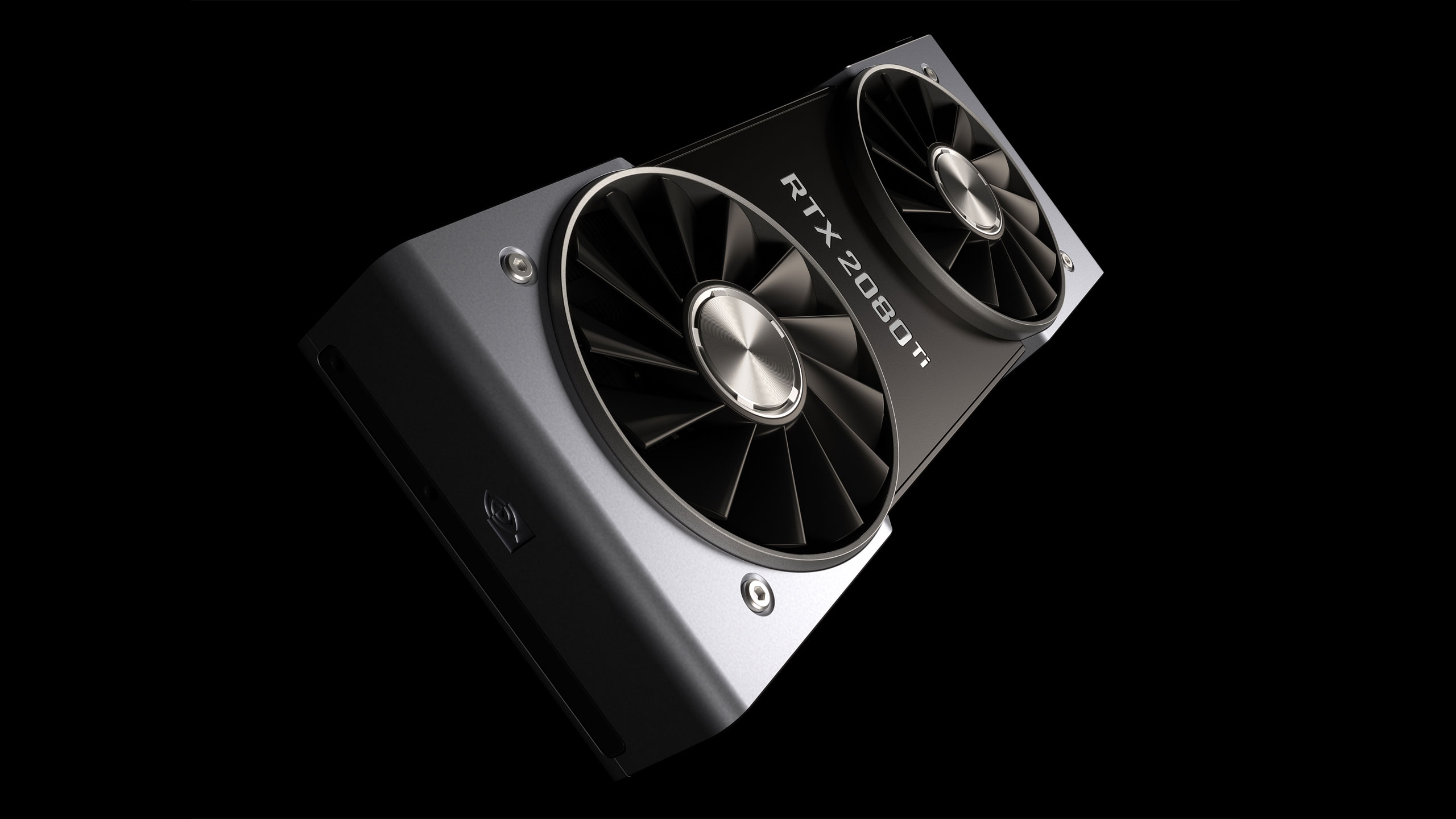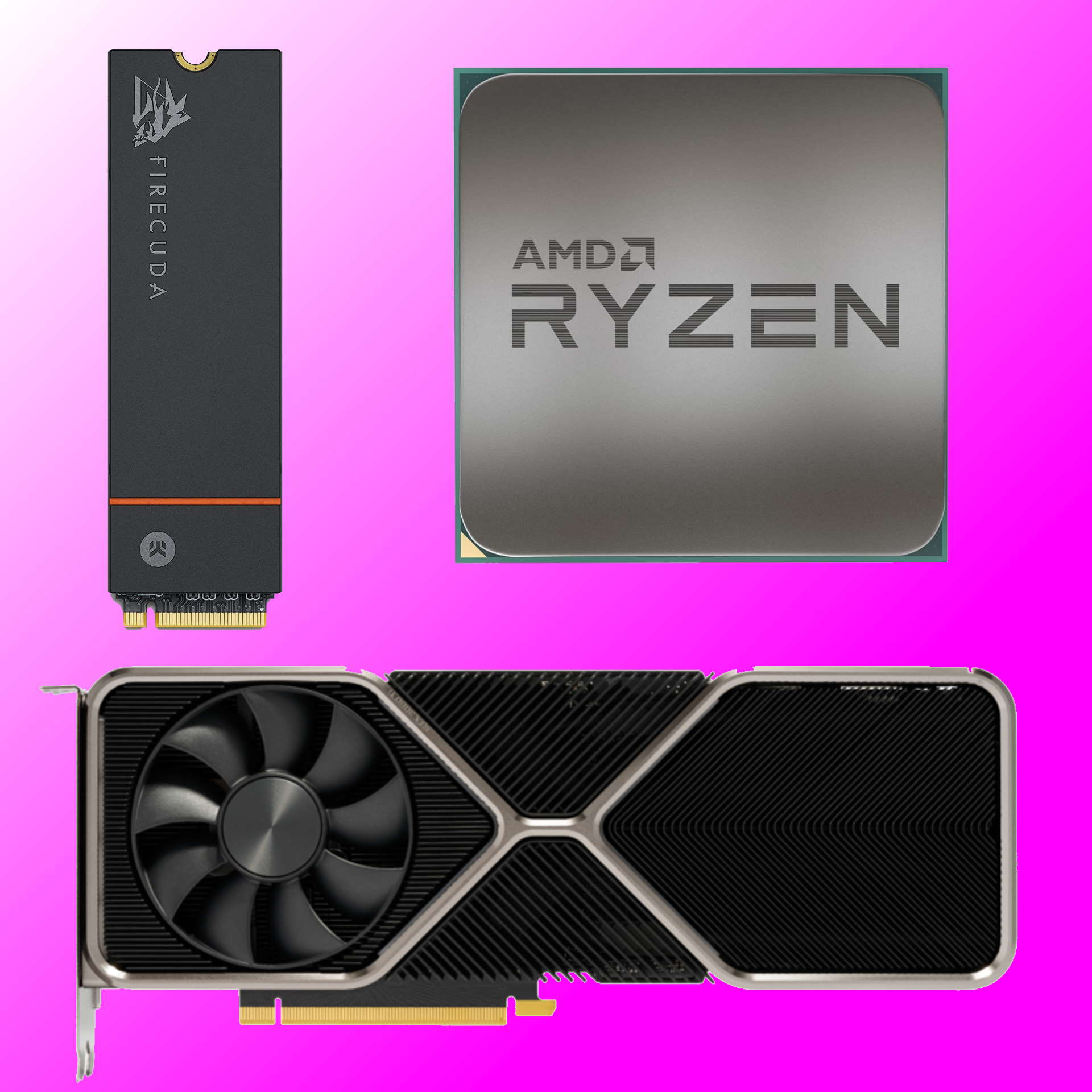Sometimes it feels like Nvidia’s dominance is so great, the company couldn’t possibly care or even notice what we tiny fleas of PC gaming think. So, it’s intriguing to find a senior Nvidia suit observing that the RTX 20 series of graphics cards launched to a “thud”. Maybe Nvidia does see us after all.
More specifically, senior Nvidia VP Jeff Fisher says that Nvidia, “launched ray tracing and DLSS to a thud.” It was, of course, the RTX 20 family released in September 2018 that introduced those technologies.
This revelation comes from the same new book on Nvidia, The Nvidia Way: Jensen Huang and the Making of a Tech Giant by Tae Kim, as the news that CEO Jensen Huang dreamt up DLSS upscaling just two weeks before it was announced but that it took six years to train up the AI model that made frame generation possible.
Kim explains that, “the problem was the GeForce RTX offered negligible gains in frame-rate performance over the previous-generation Pascal cards. And when gamers turned on ray tracing, which was supposed to be the killer new feature, the RTX cards suffered a 25 percent drop in frame rate. DLSS performed marginally better. When enabled, it allowed cards to run about 40 percent faster than Pascal, but at a noticeable loss of image quality.” Ouch.
The book was written with widespread cooperation from Nvidia, including access to multiple senior Nvidia figures and Jensen Huang himself. So, while it’s not Nvidia itself describing the RTX 20’s performance gains as negligible, decrying the frame rate drop due to ray tracing or noting the poor image quality of early DLSS upscaling algorithms, these are sentiments that originate very close to the company.
They also make for uncomfortable reading in the context of Nvidia’s very latest. RTX 50 GPUs, like the RTX 5090 and RTX 5080. The latter in particular brings very little inherent performance advantages over its RTX 4080 and 4080 Super predecessors. According to official specifications from Nvidia, the same looks likely to apply to the upcoming RTX 5070 and RTX 5070 Ti.
Instead, it’s the introduction of Multi Frame Generation or MFG that’s doing all the heavy lifting in terms of enabling a substantial generational uplift. The problem with that, of course, is that MFG doesn’t help reduce latency, it actually adds to it, albeit by an impressively tiny amount.

MFG also comes with some loss of image quality, albeit again not as substantial as that associated with DLSS 1.0 upscaling. But the point is that the RTX 50 family looks a lot like the RTX 20. Its pure rendering performance advantage over the previous generation is marginal, so it’s other features that it must rely on for appeal.
The problem is that the RTX 20 cards had both ray tracing and DLSS as new features, with the new RTX 50 family has to make do with just MFG as a major differentiator. Though the 50 series features are far more polished. Nevertheless, has that launched to a ‘thud’ or has it been more generously received? Answers in a comment below!

Best CPU for gaming: Top chips from Intel and AMD.
Best gaming motherboard: The right boards.
Best graphics card: Your perfect pixel-pusher awaits.
Best SSD for gaming: Get into the game first.











